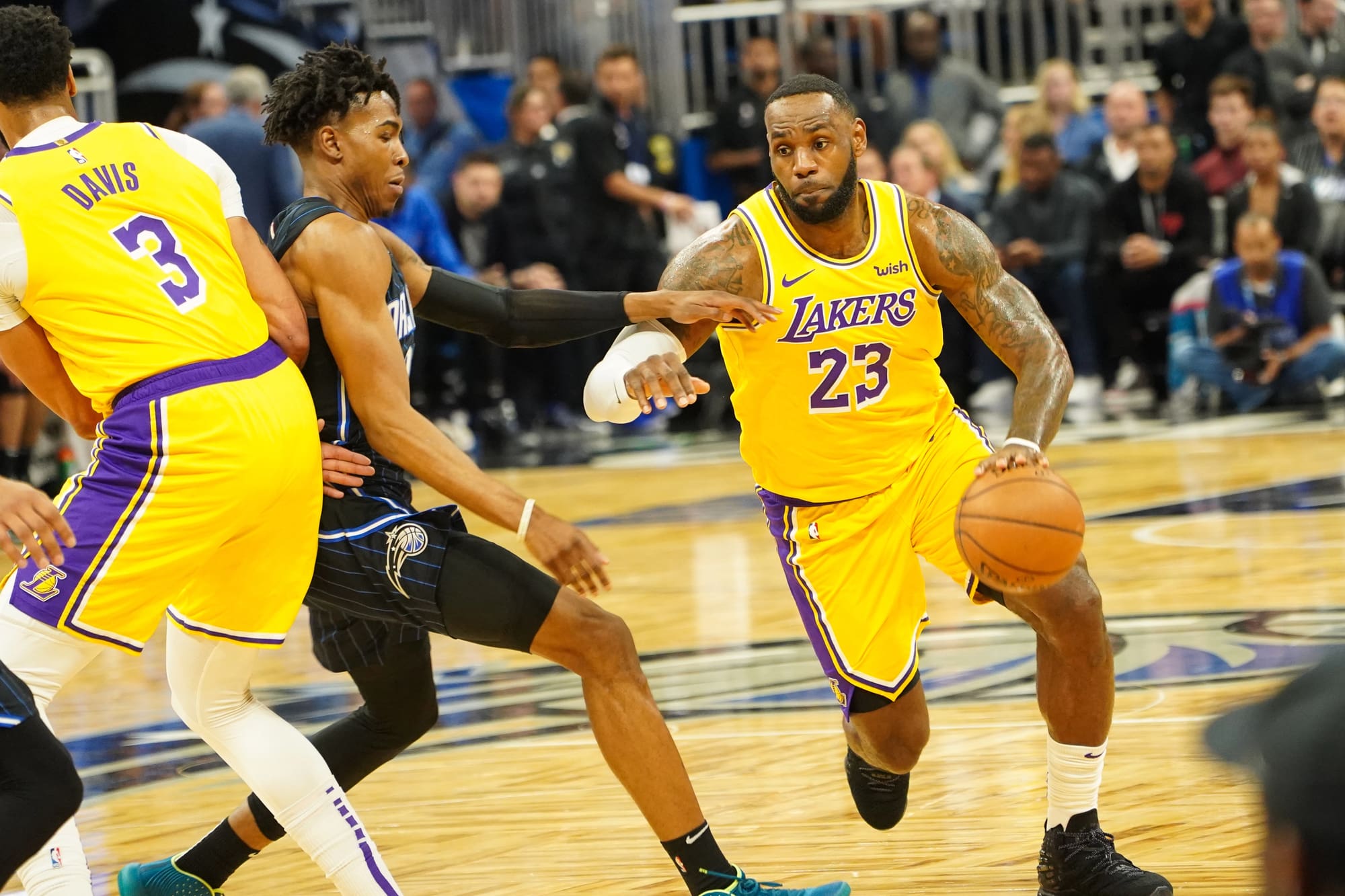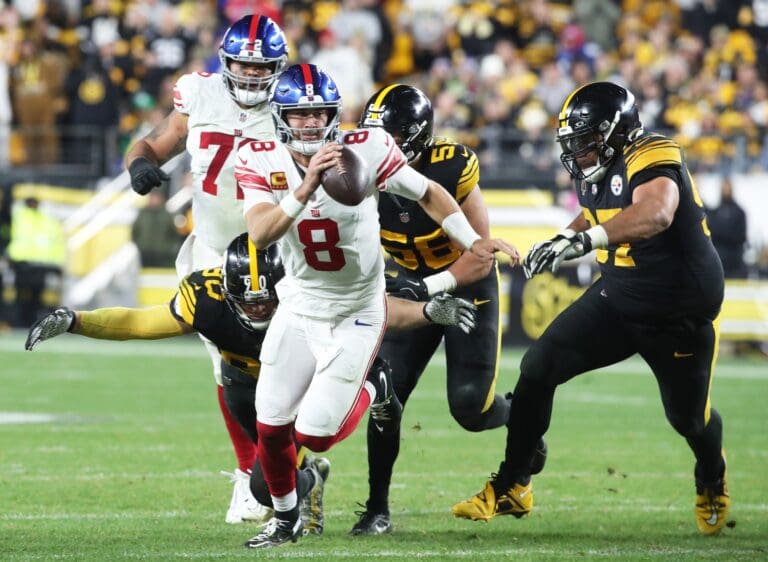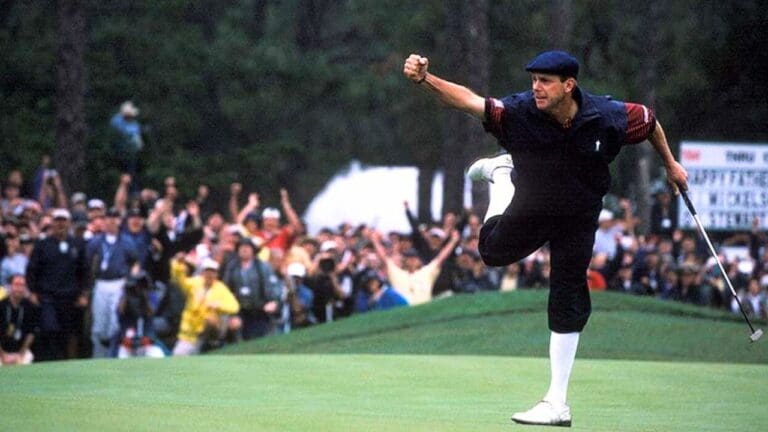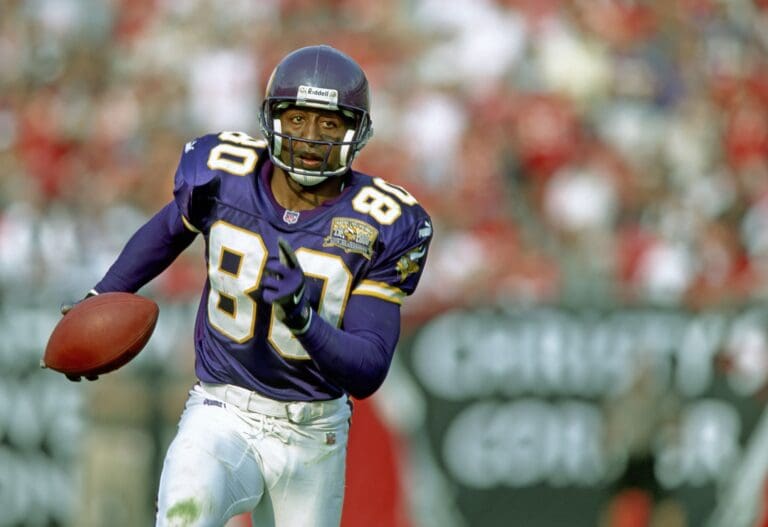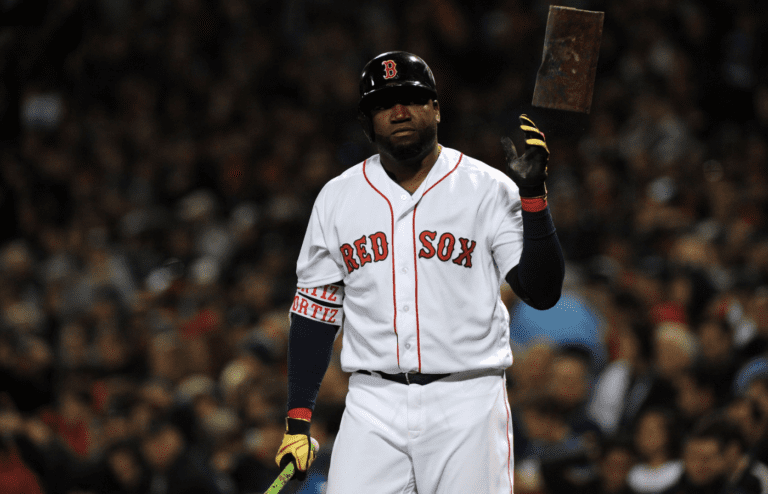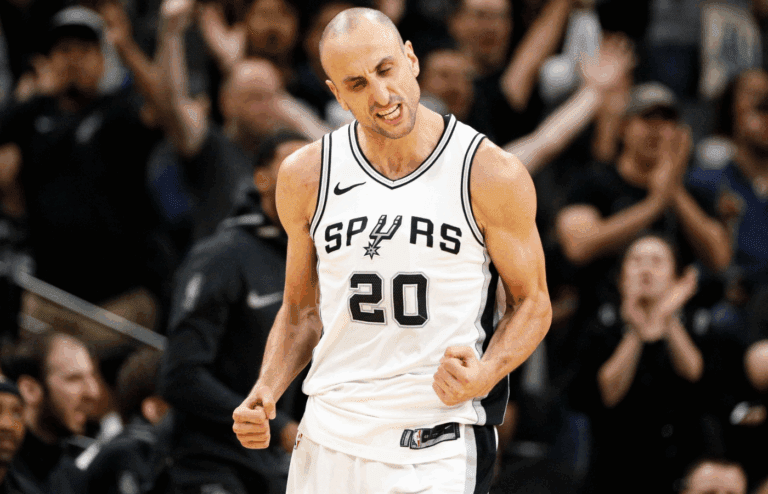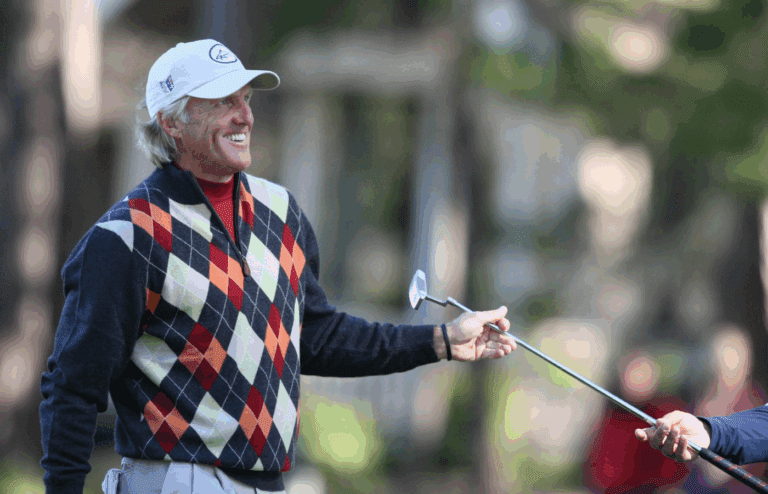Sports rules have evolved significantly over the years, often sparking debates and controversies among fans, players, and analysts.
As leagues strive to enhance the safety, fairness, and excitement of their games, some rule changes have been met with widespread acclaim, while others have faced considerable criticism. This compilation explores some of the most controversial rule changes across major American sports, highlighting how they’ve impacted the game and the discussions they’ve ignited.
15. NFL’s Kickoff Rule Changes
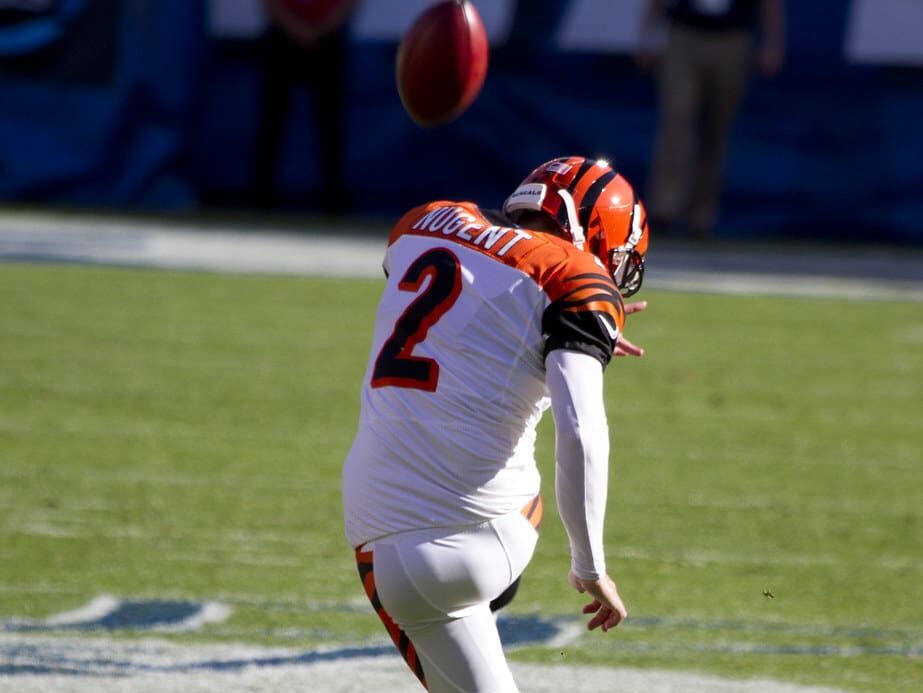
The NFL’s 2024 “Dynamic Kickoff” drastically altered the game’s opening play. While aimed at improving player safety and increasing returns, it fundamentally changed a century-old tradition. Critics argue it overcomplicated a simple play, potentially confusing fans and players alike. The long-term impact on the sport remains to be seen.
14. NHL’s Delay of Game for Shooting Puck Over Glass
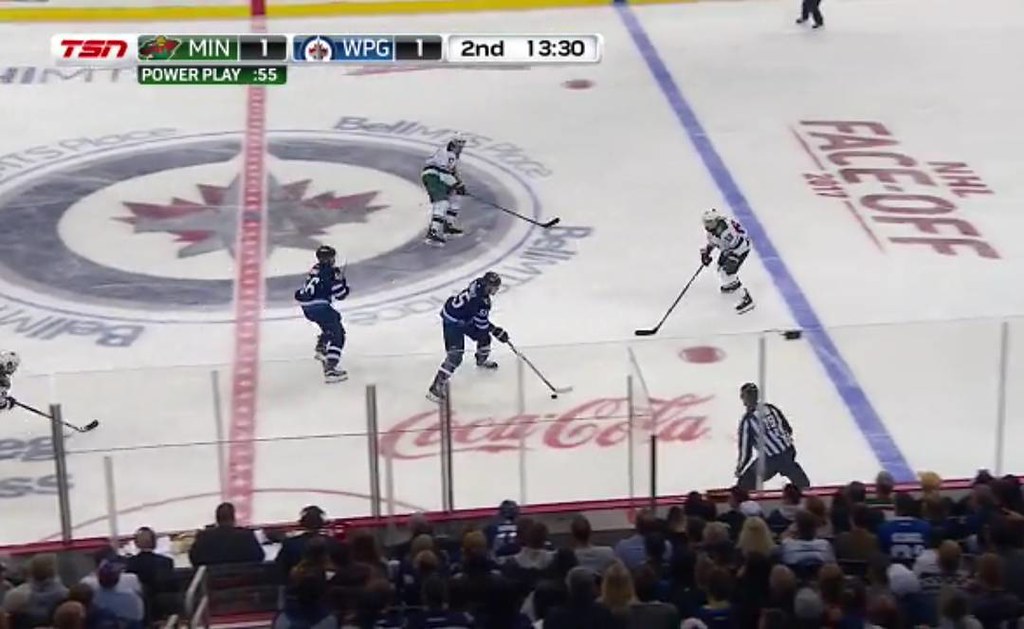
Implemented in 2005, this rule penalizes players for accidentally shooting the puck over the glass from their defensive zone. Critics argue it’s overly punitive for unintentional actions. In 2024, the NHL introduced a coach’s challenge for this penalty, allowing teams to dispute the call if the puck deflected before going out of play.
13. NBA’s Defensive Three-Second Violation
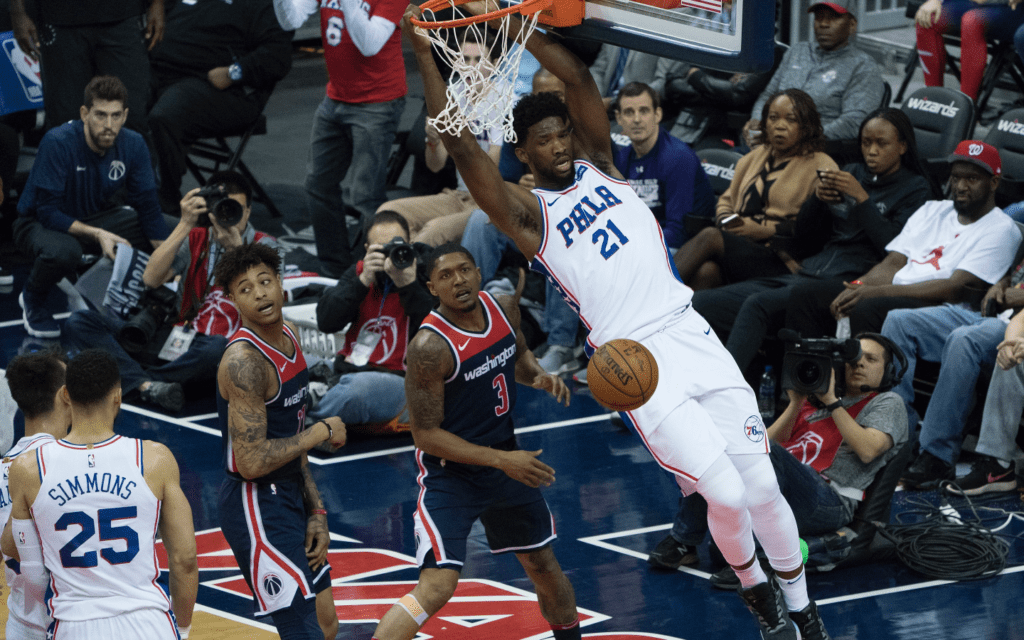
The NBA introduced the defensive three-second rule in 2001 to prevent zone defenses and promote offensive flow. However, it has been criticized for complicating the game and being inconsistently enforced. Critics argue that it unnecessarily restricts defensive strategies and hasn’t significantly improved scoring as intended. The rule remains controversial among players, coaches, and fans alike.
12. NFL’s Roughing the Passer Rule Changes
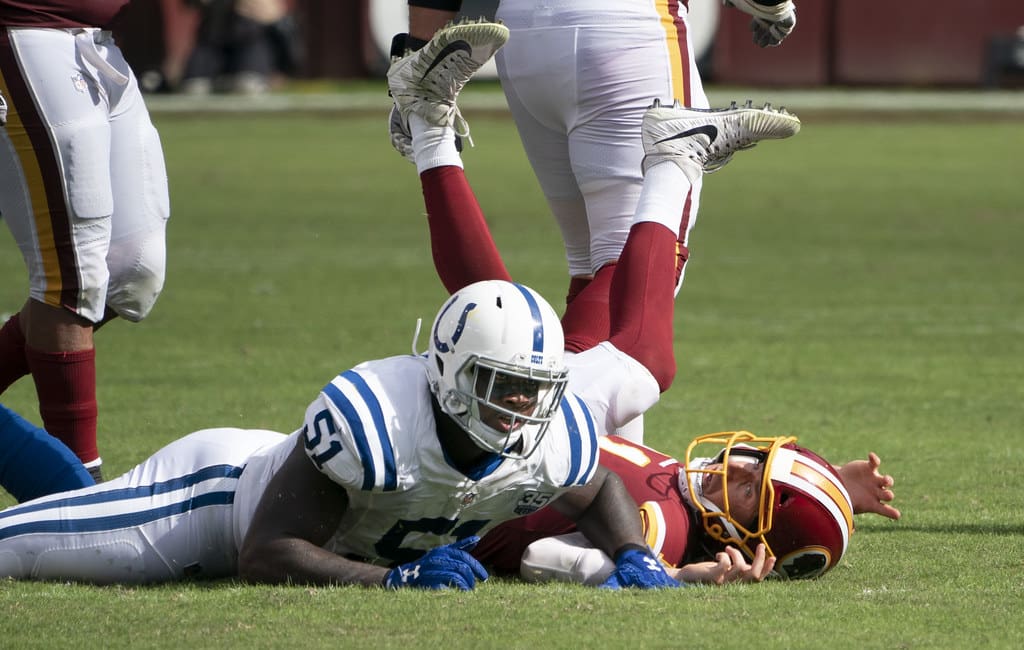
The NFL’s 2018 “body weight” rule change for roughing the passer penalties sparked controversy. Defenders were penalized for landing on quarterbacks with their full body weight, leading to questionable calls and criticism from players and fans. The rule aimed to protect quarterbacks but made tackling them nearly impossible, altering the game’s dynamics.
11. MLB’s Pitcher Mound Visit Limits
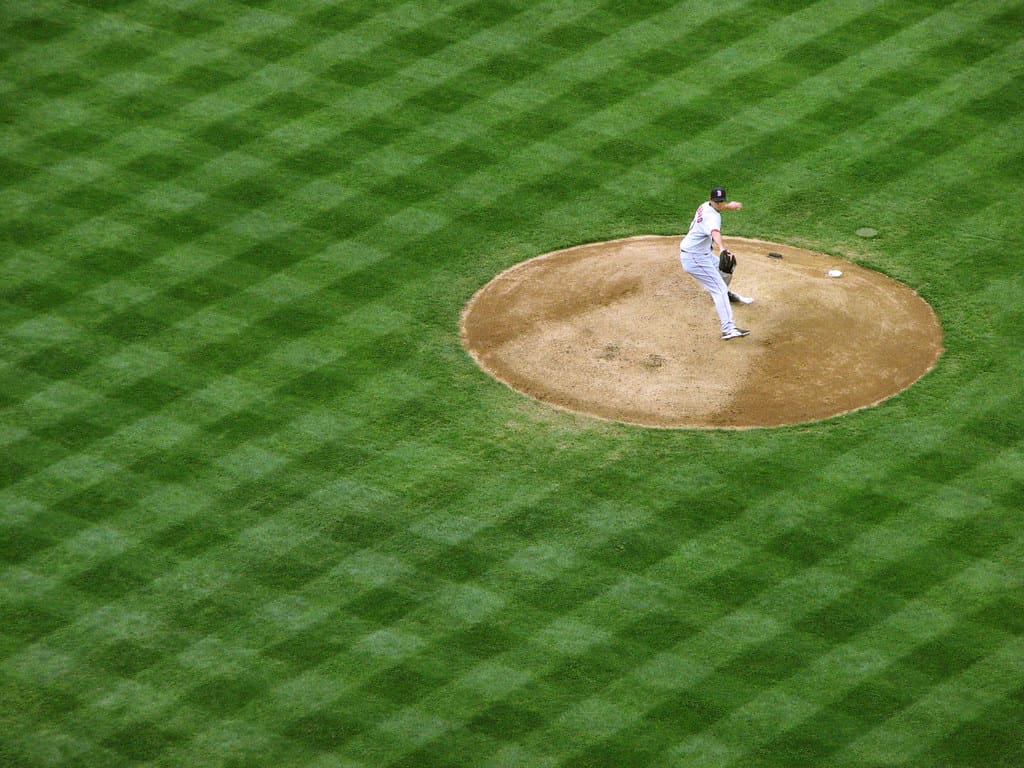
In 2018, MLB implemented a rule limiting mound visits to six per nine-inning game. This was further reduced to five in 2019 and four in 2024. While intended to speed up play, the rule has been criticized for potentially affecting game strategy and pitcher-catcher communication, especially in crucial moments.
10. NFL’s Excessive Celebration Penalties
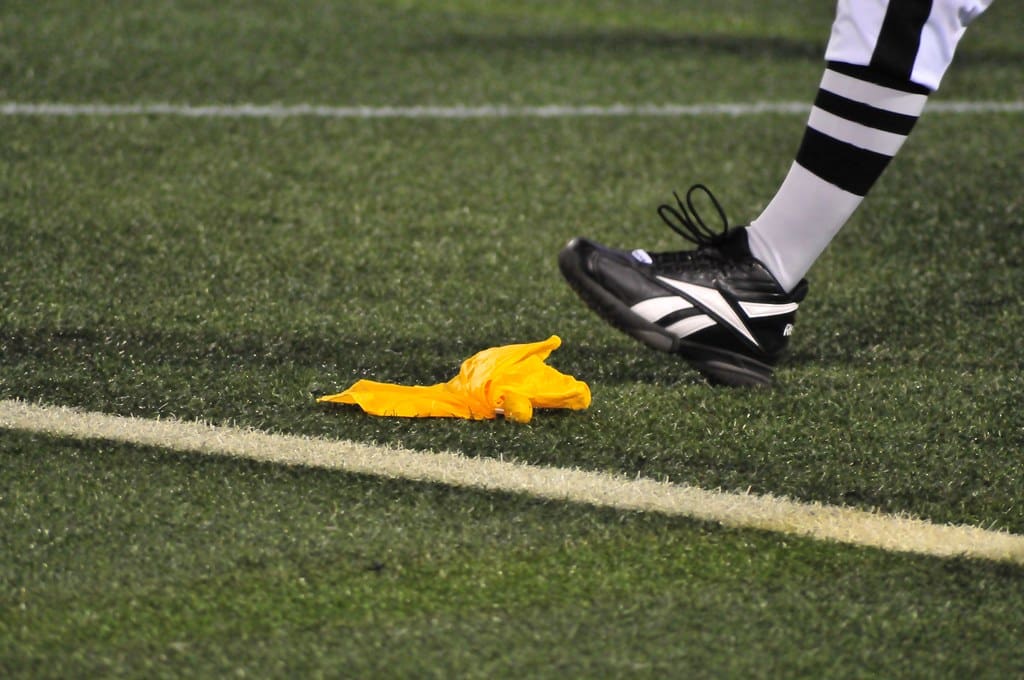
The NFL’s crackdown on touchdown celebrations in the early 2000s led to hefty fines and penalties for players expressing joy after scoring. This unpopular rule stifled creativity and fan enjoyment, prompting widespread criticism. In 2017, the league finally relaxed these restrictions, allowing group celebrations and props, much to the delight of players and fans alike.
9. NHL’s Trapezoid Rule
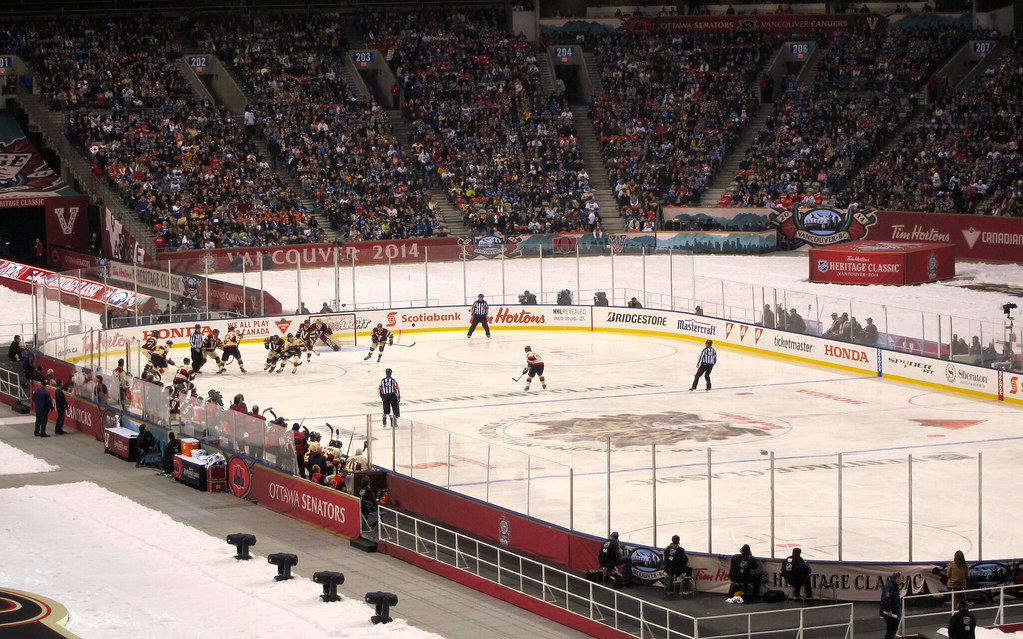
Introduced in 2005, the NHL’s trapezoid rule limits goaltenders’ puck-handling abilities behind the net. This rule, aimed at increasing scoring opportunities, restricts goalies to playing the puck within a designated trapezoid-shaped area. Critics argue it unnecessarily complicates the game and puts defensemen at risk of dangerous hits when retrieving pucks.
8. NBA’s Hand-Checking Ban
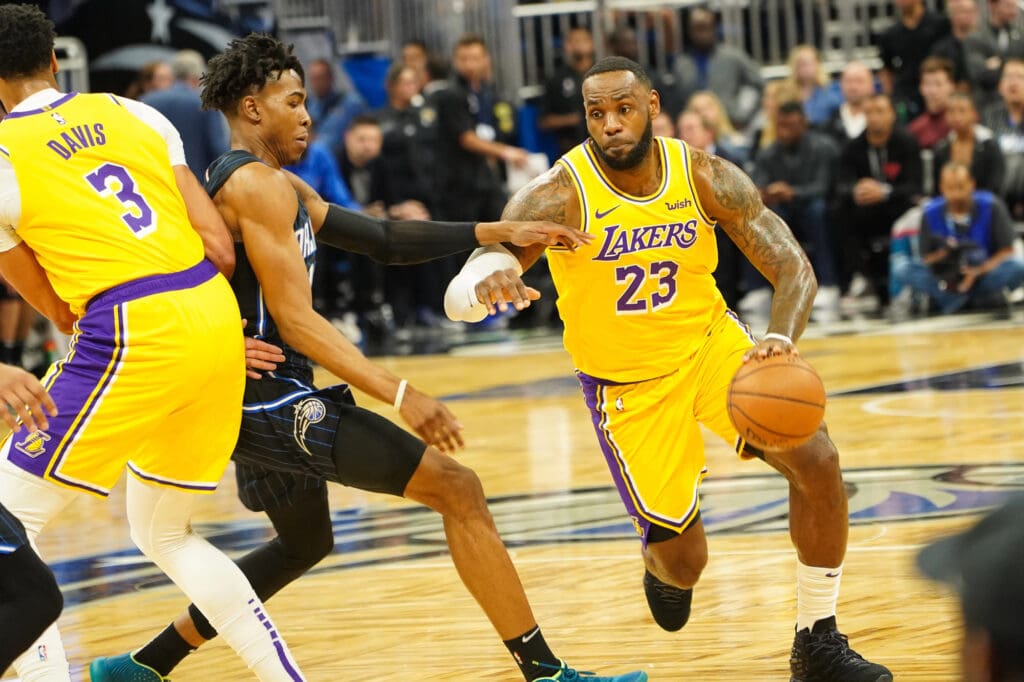
The NBA’s 2004 ban on hand-checking drastically altered the game’s defensive landscape. While intended to increase scoring, it made perimeter defense more challenging and led to a surge in three-point shooting. Critics argue it unnecessarily softened the game, removing a key defensive tool and changing the physical nature of basketball forever.
7. NFL’s Pass Interference Spot Foul
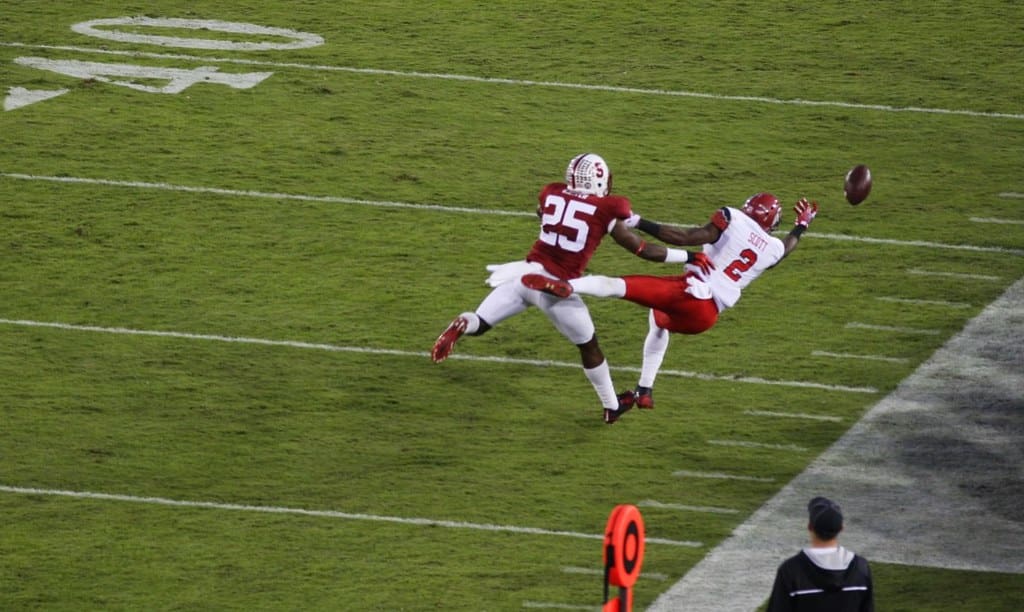
The NFL’s pass interference rule, which penalizes defenders with a spot foul for impeding receivers, has been controversial since its implementation. Critics argue it’s too harsh, often resulting in massive yardage swings that can drastically alter game outcomes. Many advocate for adopting the college football approach of a maximum 15-yard penalty, which would reduce the rule’s impact on games.
6. MLB’s Tie-Breaker Coin Flip
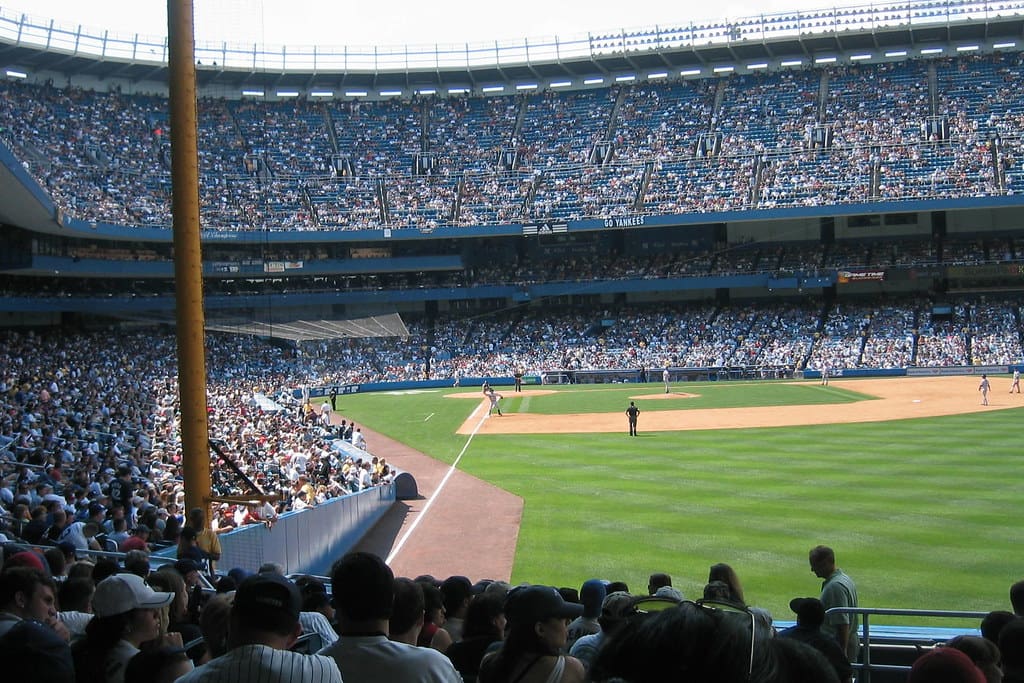
In the 1960s, MLB used coin flips to determine playoff berths for tied divisions, rather than playing tie-breaker games. This arbitrary method was eventually replaced with a more competitive system, ensuring outcomes reflected on-field performance. The change highlighted the importance of settling crucial decisions through actual gameplay rather than chance.
5. NFL’s Tuck Rule
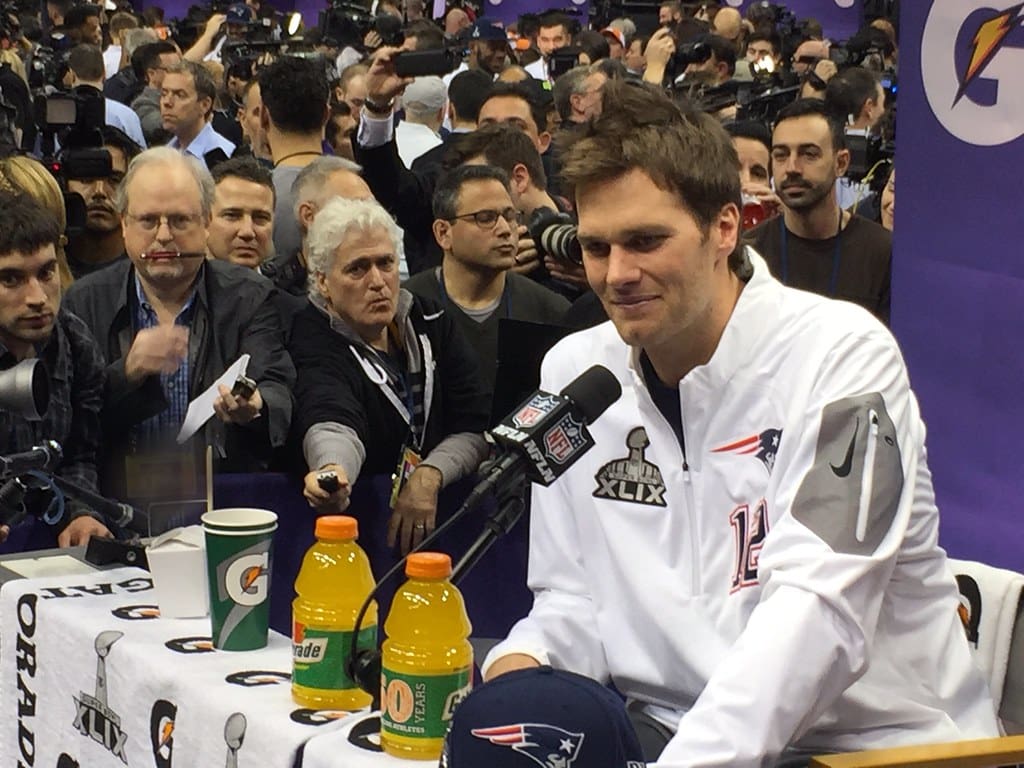
The NFL’s controversial tuck rule, in effect from 1999 to 2013, stated that a quarterback’s arm motion starting forward constituted a pass attempt, even if they lost possession while tucking the ball. This rule famously benefited Tom Brady in a 2002 playoff game, leading to a Patriots victory and eventual Super Bowl win.
4. NHL’s Goalie Crease Restrictions
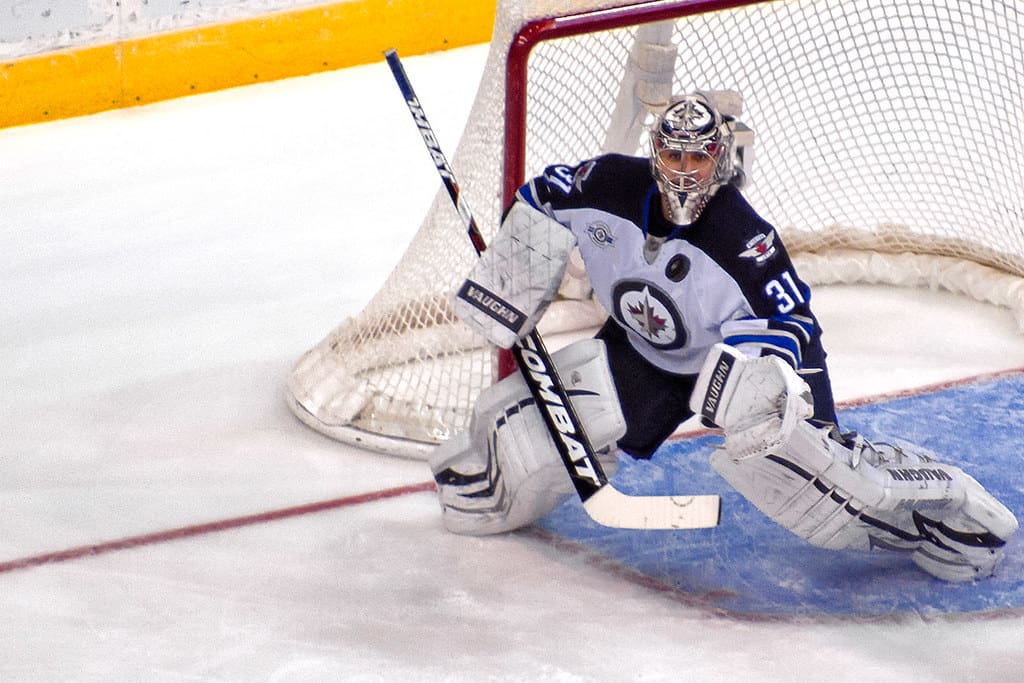
In 2005, the NHL introduced the trapezoid behind the net, limiting where goalies could play the puck. This rule aimed to increase scoring but faced criticism for restricting skilled puck-handling goalies. Many argue it unnecessarily complicates the game and diminishes the goaltender’s role in team strategy.
Read More: The 20 Most Legendary NHL Players Of All Time
3. NCAA’s No Dunking Rule (1967-1976)
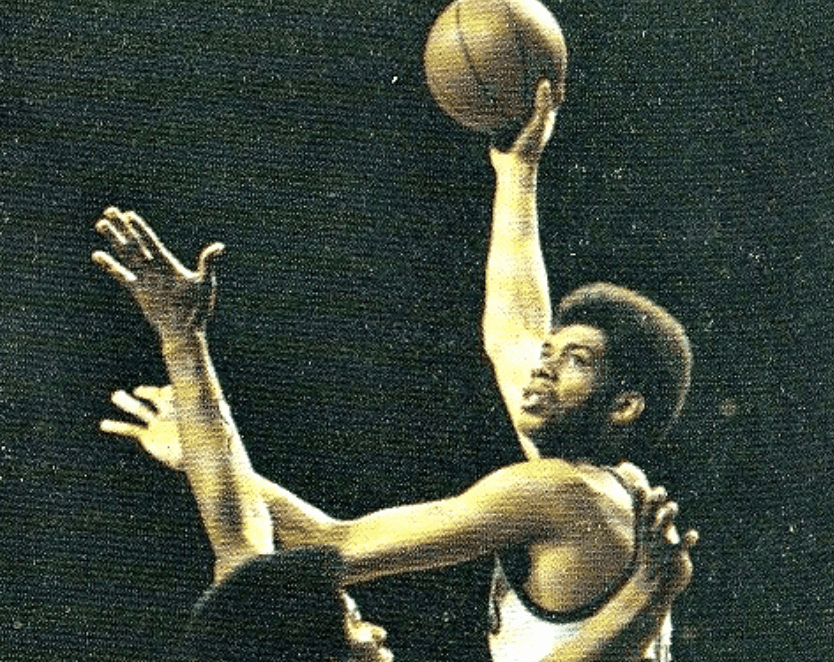
The NCAA banned dunking from 1967 to 1976, unofficially dubbed the “Lew Alcindor Rule” after the dominant UCLA player (later known as Kareem Abdul-Jabbar). This controversial decision was seen as racially motivated and an attempt to limit Alcindor’s impact. Ironically, it led to the development of his iconic skyhook shot.
Read More: The Holy Roller: A Game-Changing Fumble
2. MLB’s Intentional Walk Signal
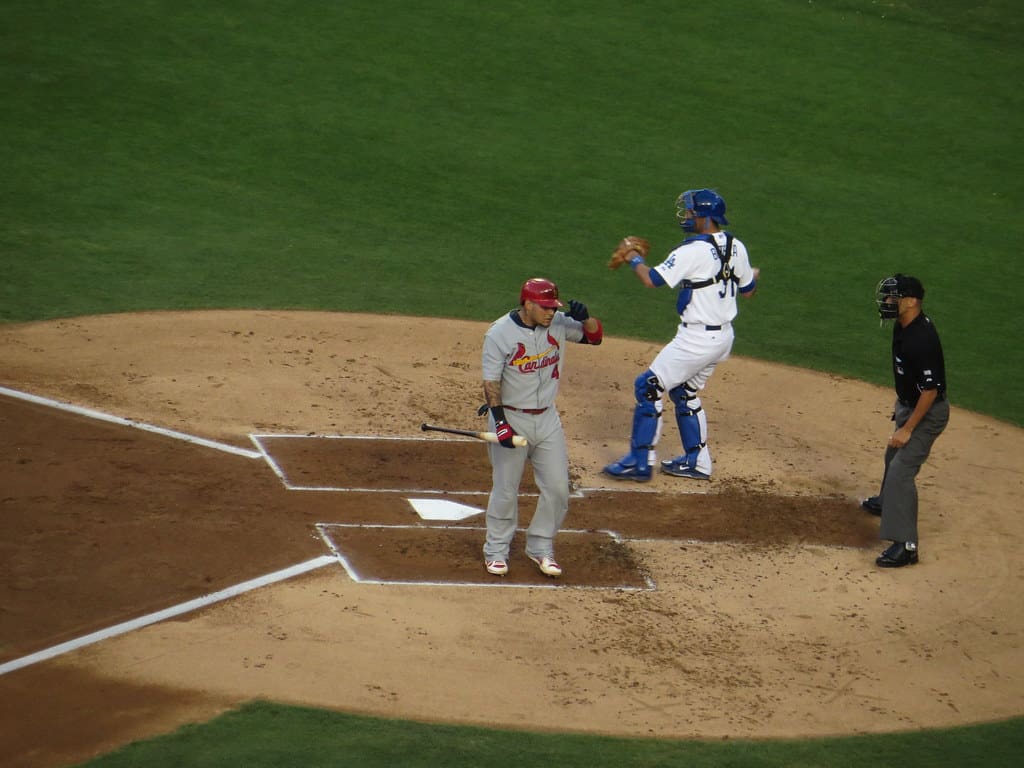
In 2017, MLB eliminated the need for pitchers to throw four balls for an intentional walk. Instead, managers now simply signal to the umpire. While intended to speed up games, this change saves only about a minute per game, as intentional walks were already rare. Critics argue it removes strategic elements and potential for mistakes during the four-pitch process.
Read More: 10 Reasons the MLB Should Say NO to the Golden At-Bat Proposal
1. NFL’s Sudden Death Overtime
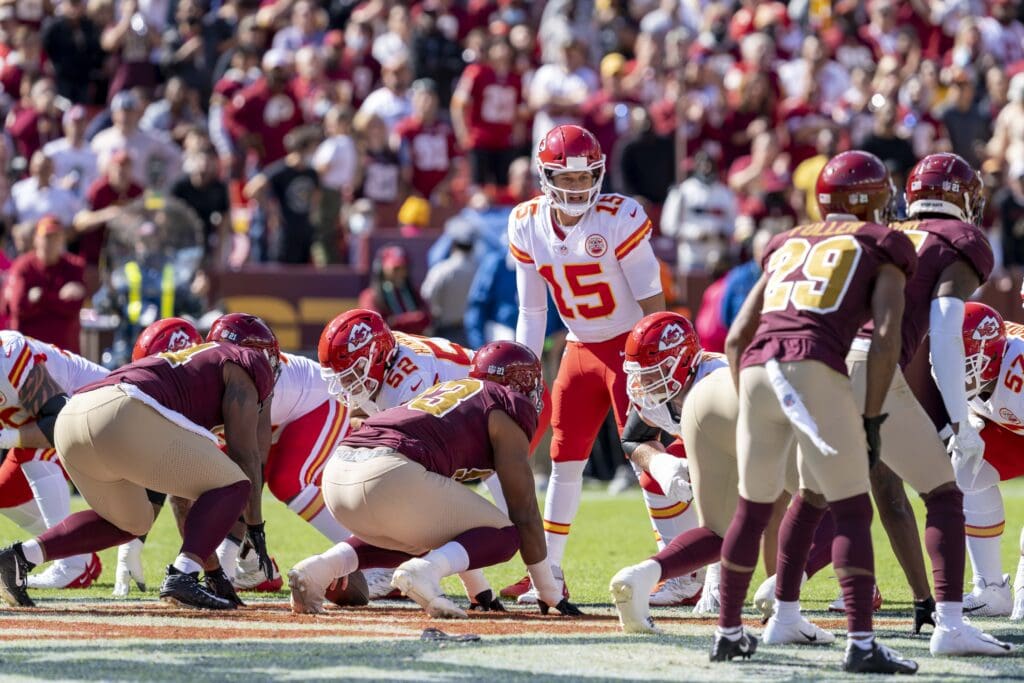
The NFL’s sudden death overtime rule, introduced in 1974, allowed games to end on a single field goal. This often gave an unfair advantage to the team winning the coin toss. In 2010, the league modified the rule for postseason games, requiring a touchdown to end the game on the first possession, addressing concerns about fairness and strategy.
Watch Now: Big plays. Fast takes. Check out TQR Shorts for the latest sports news with Zoe!

